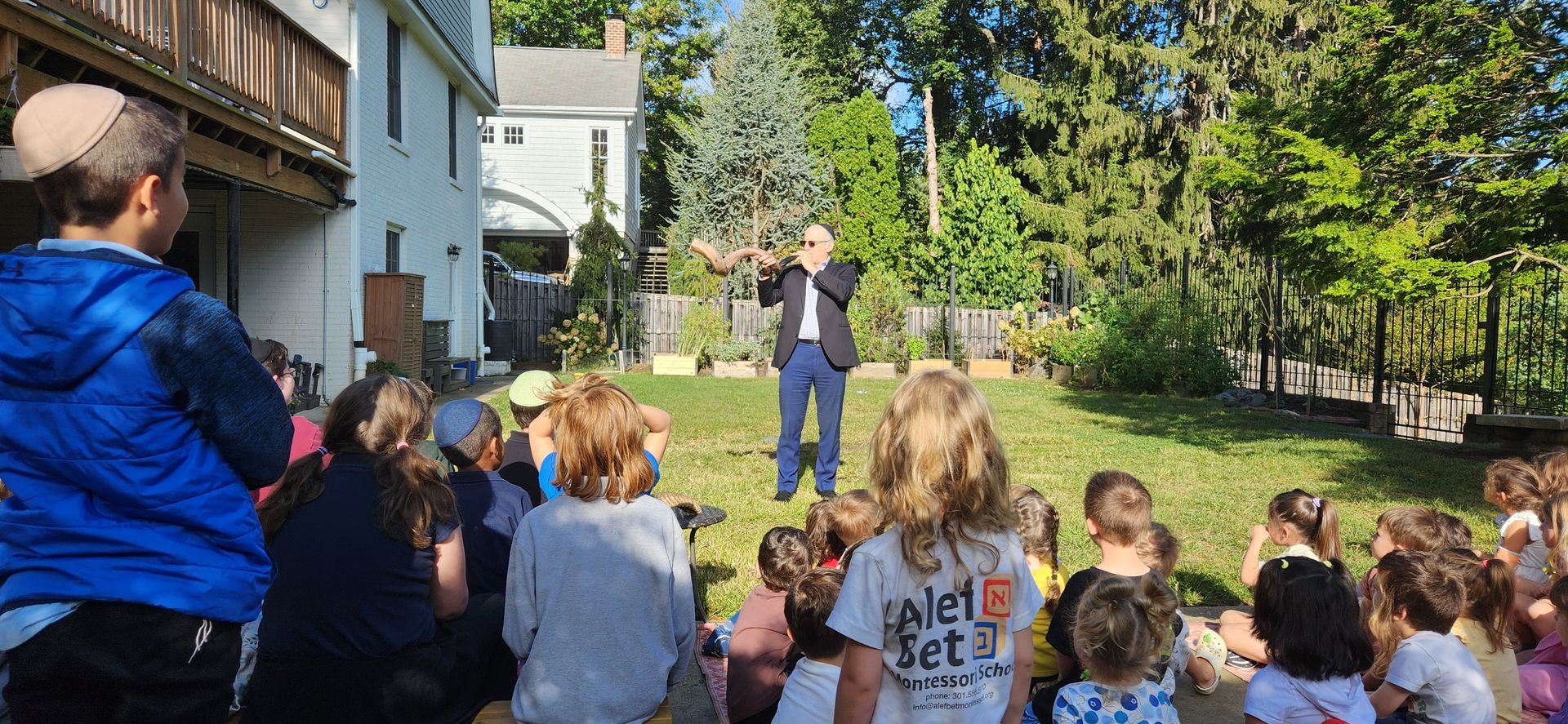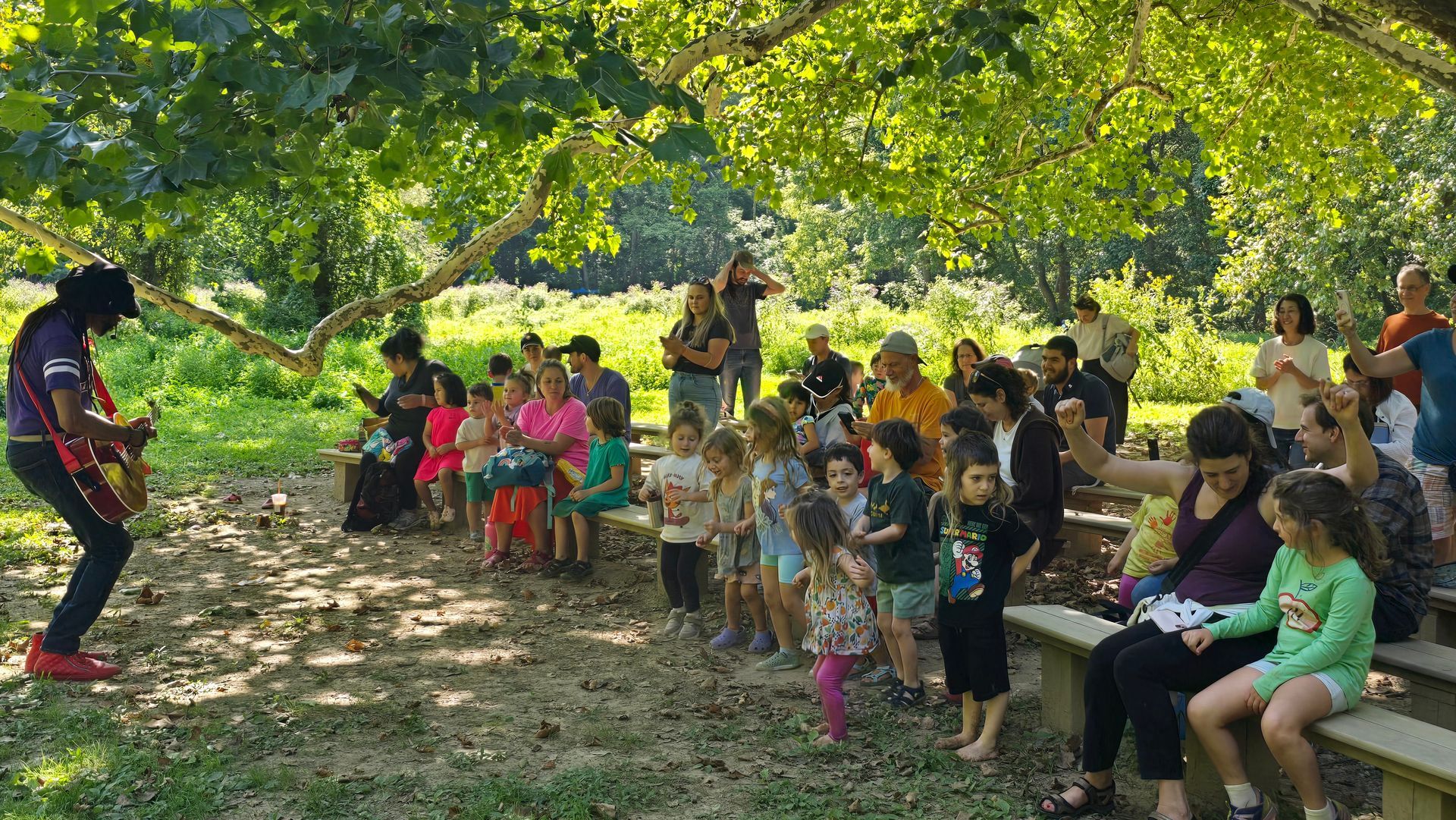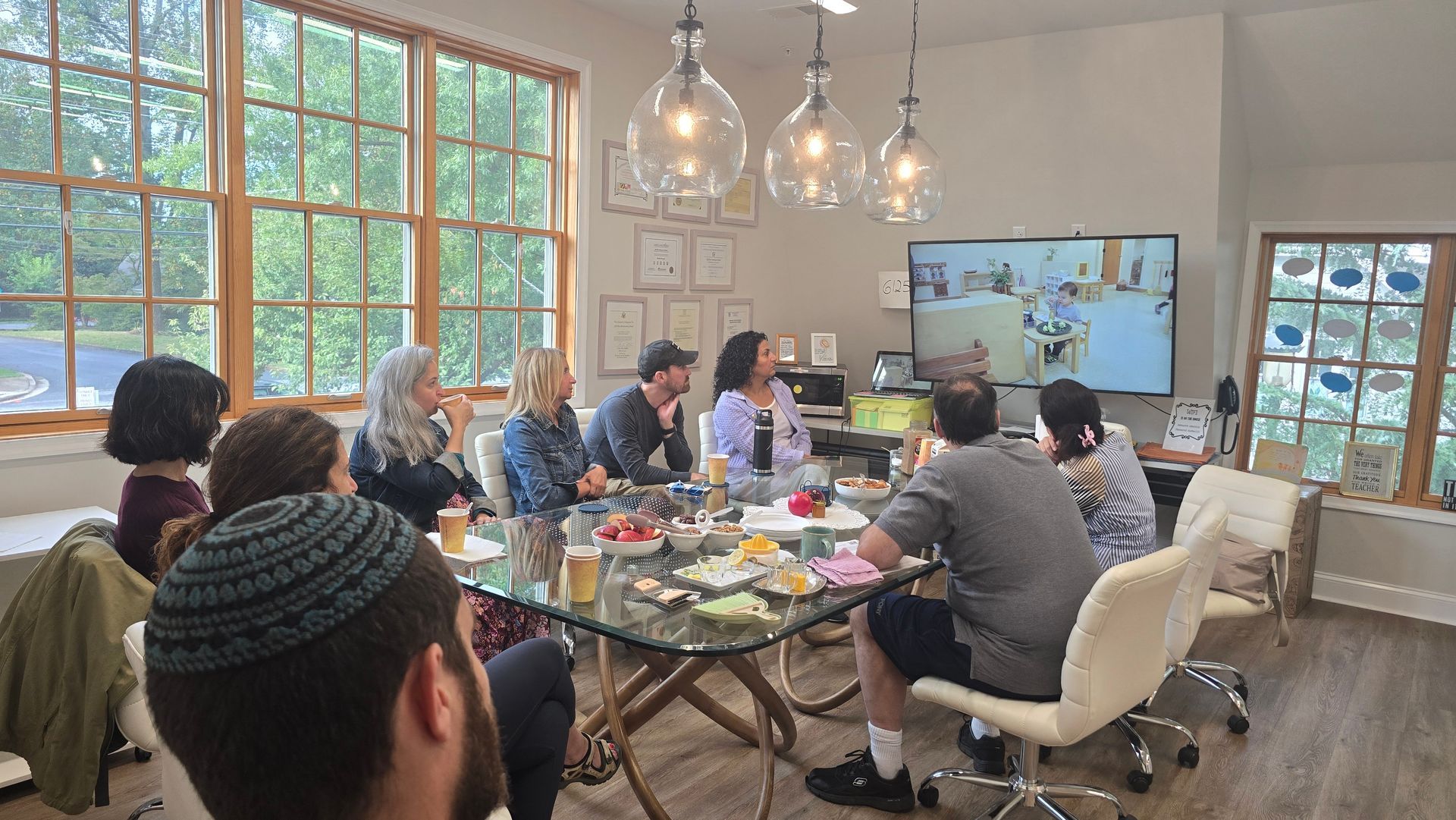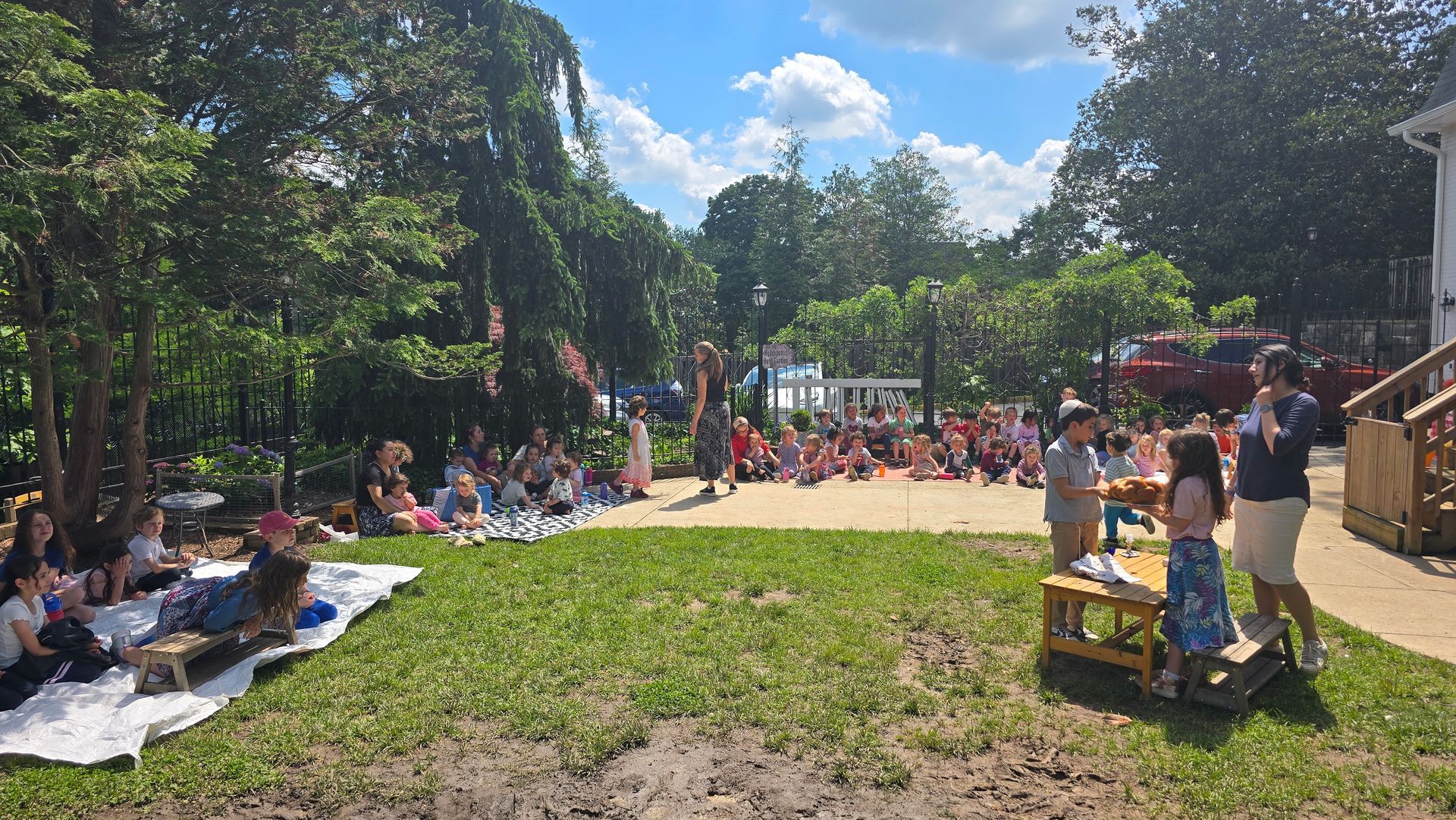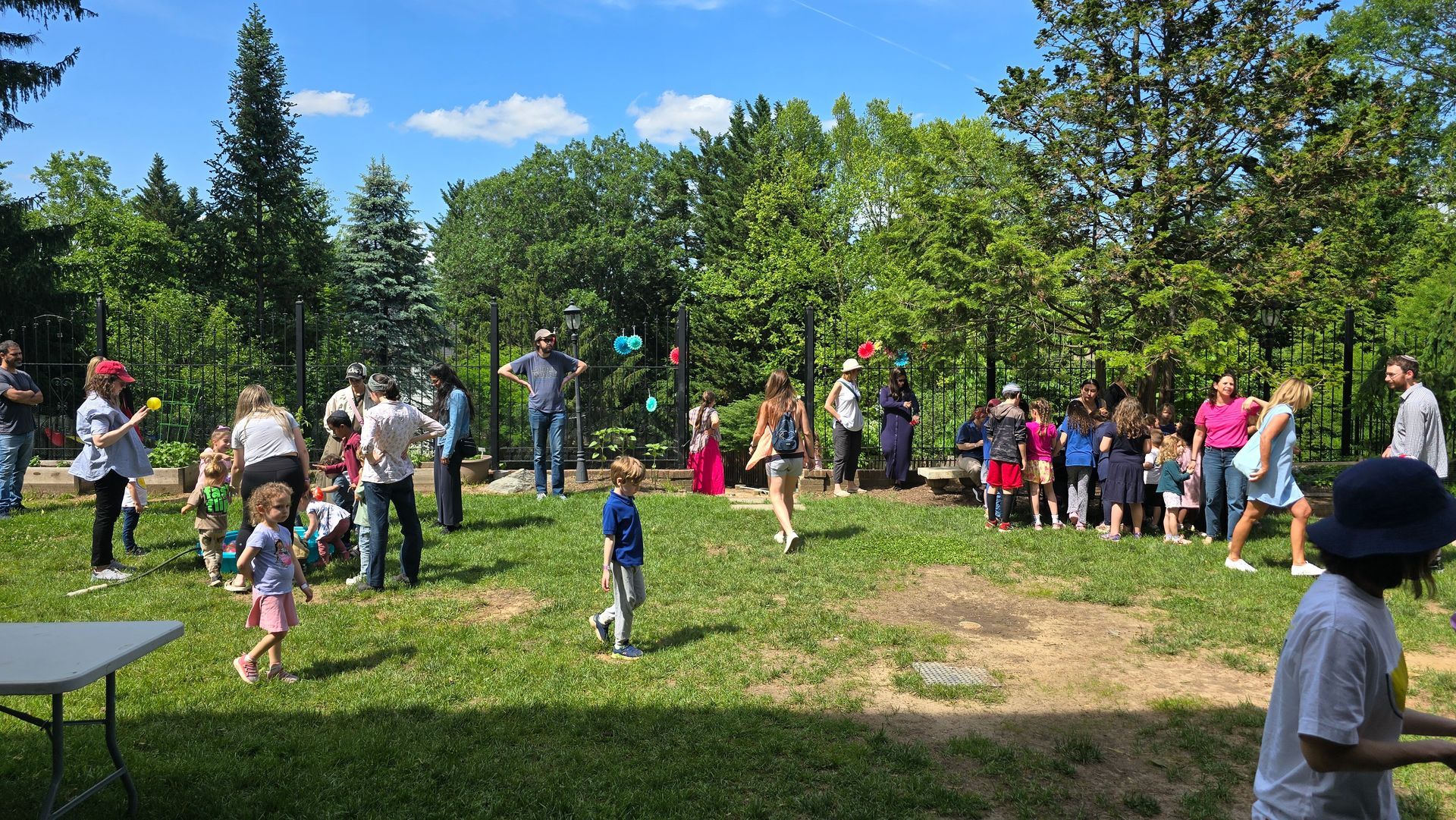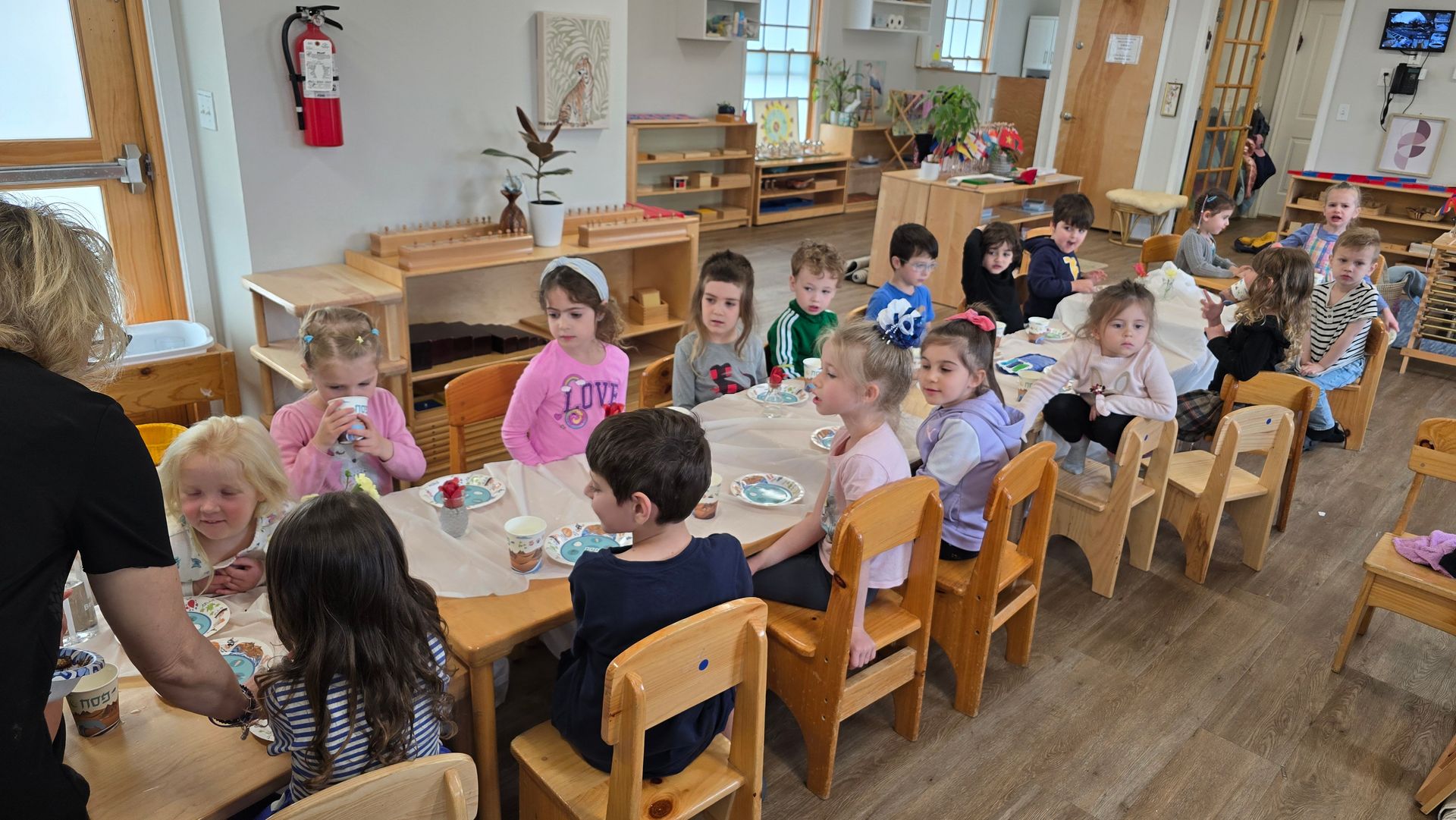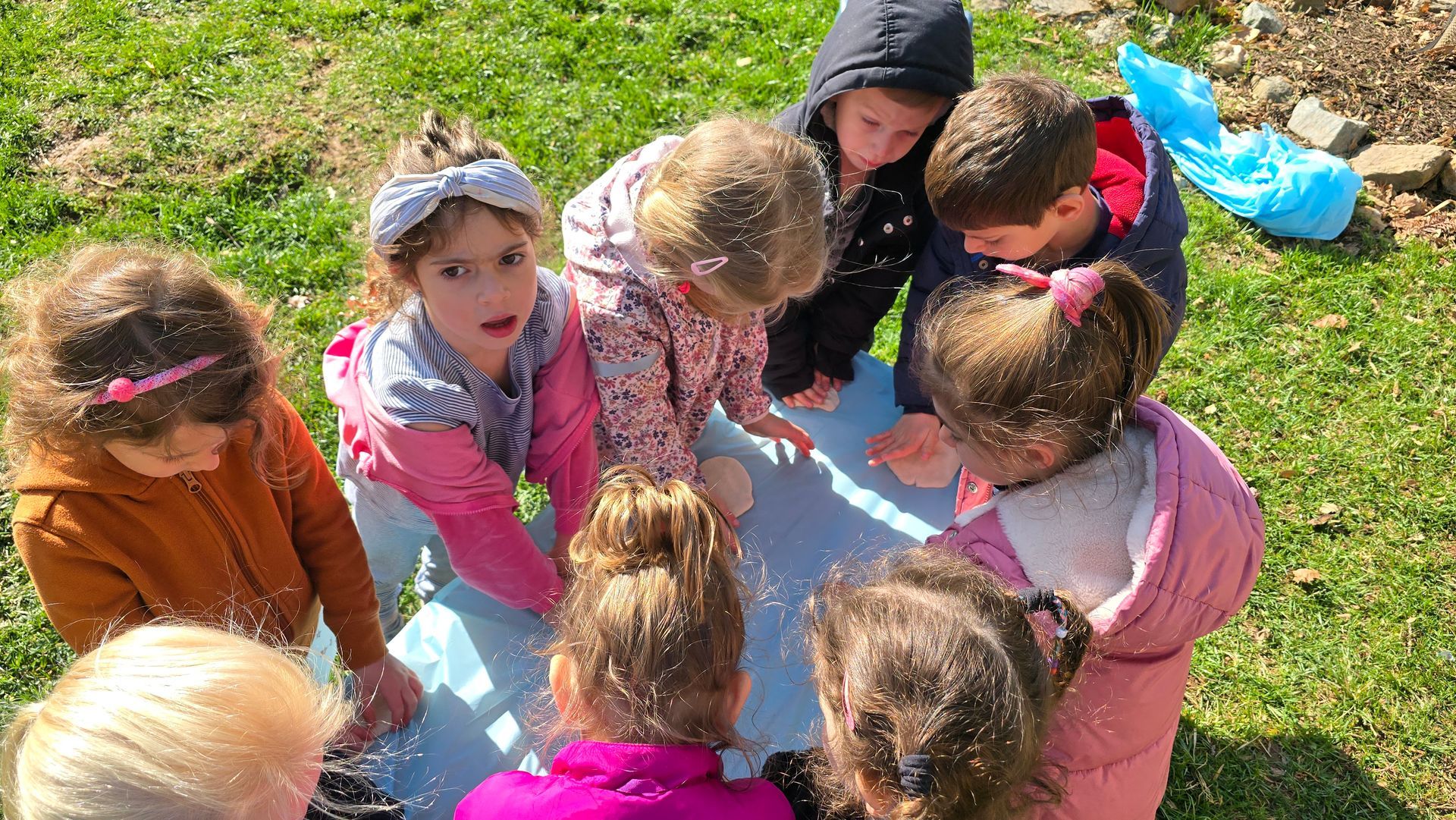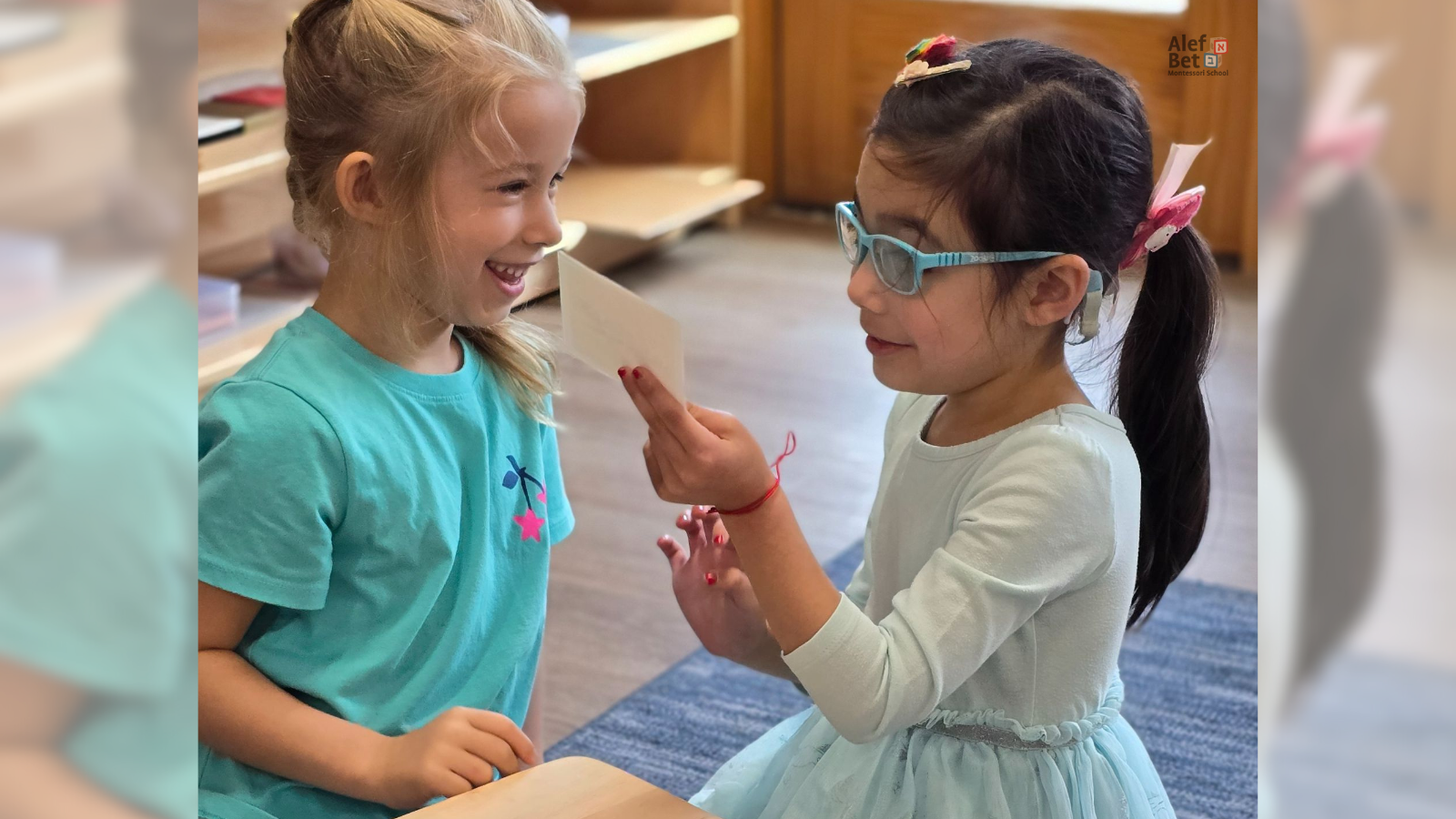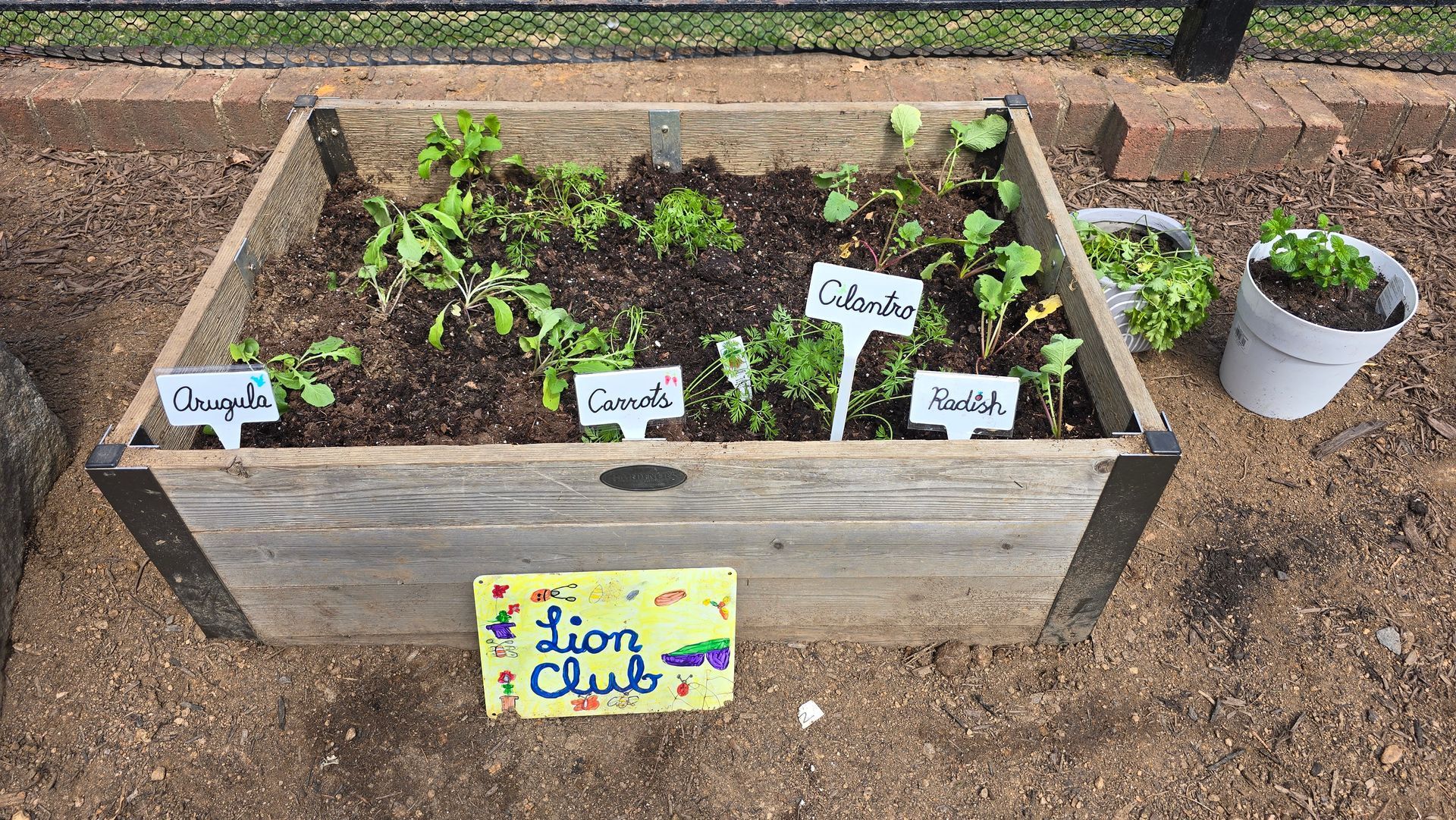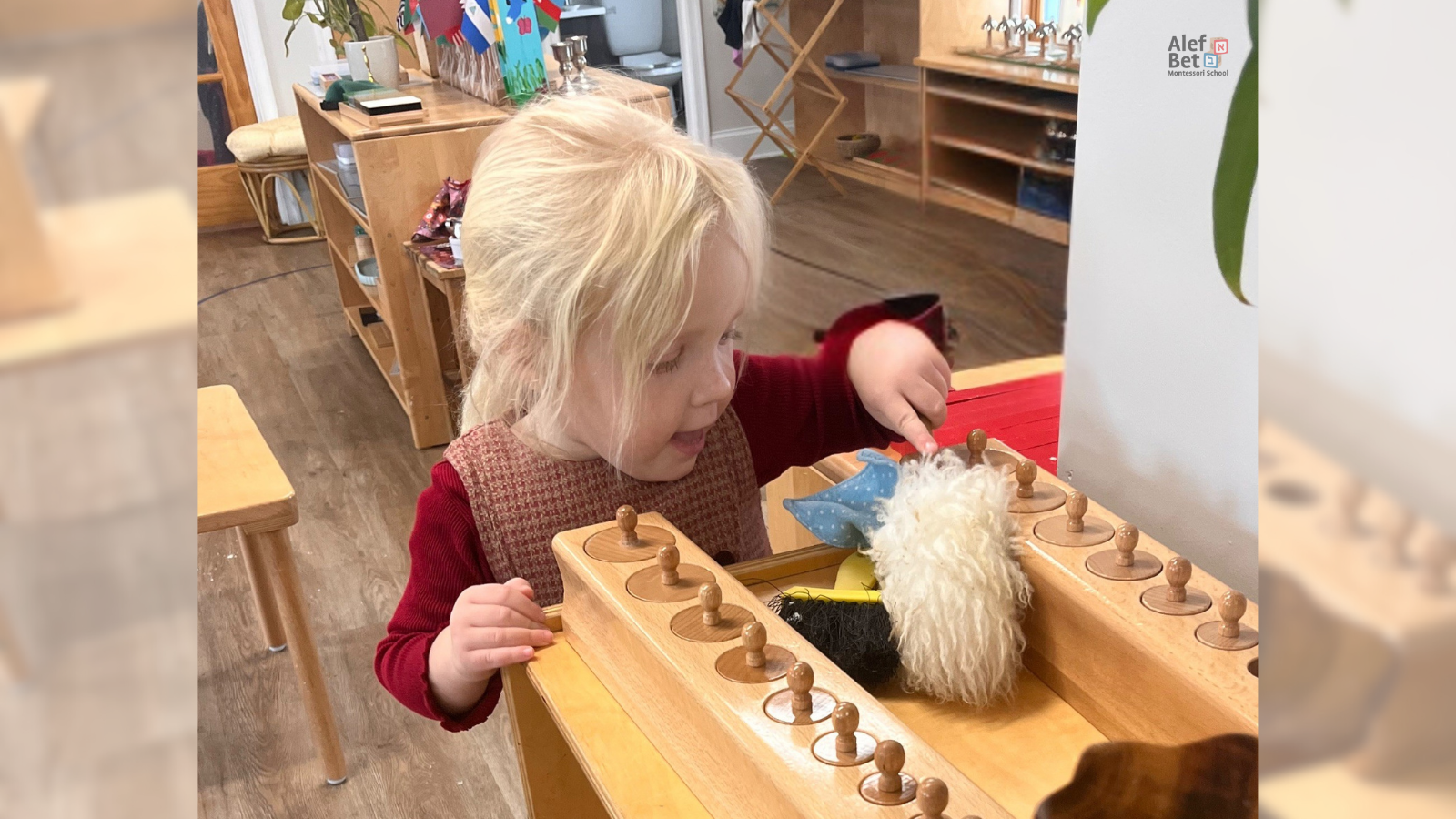Observing Aspects of Social Development in the Classroom
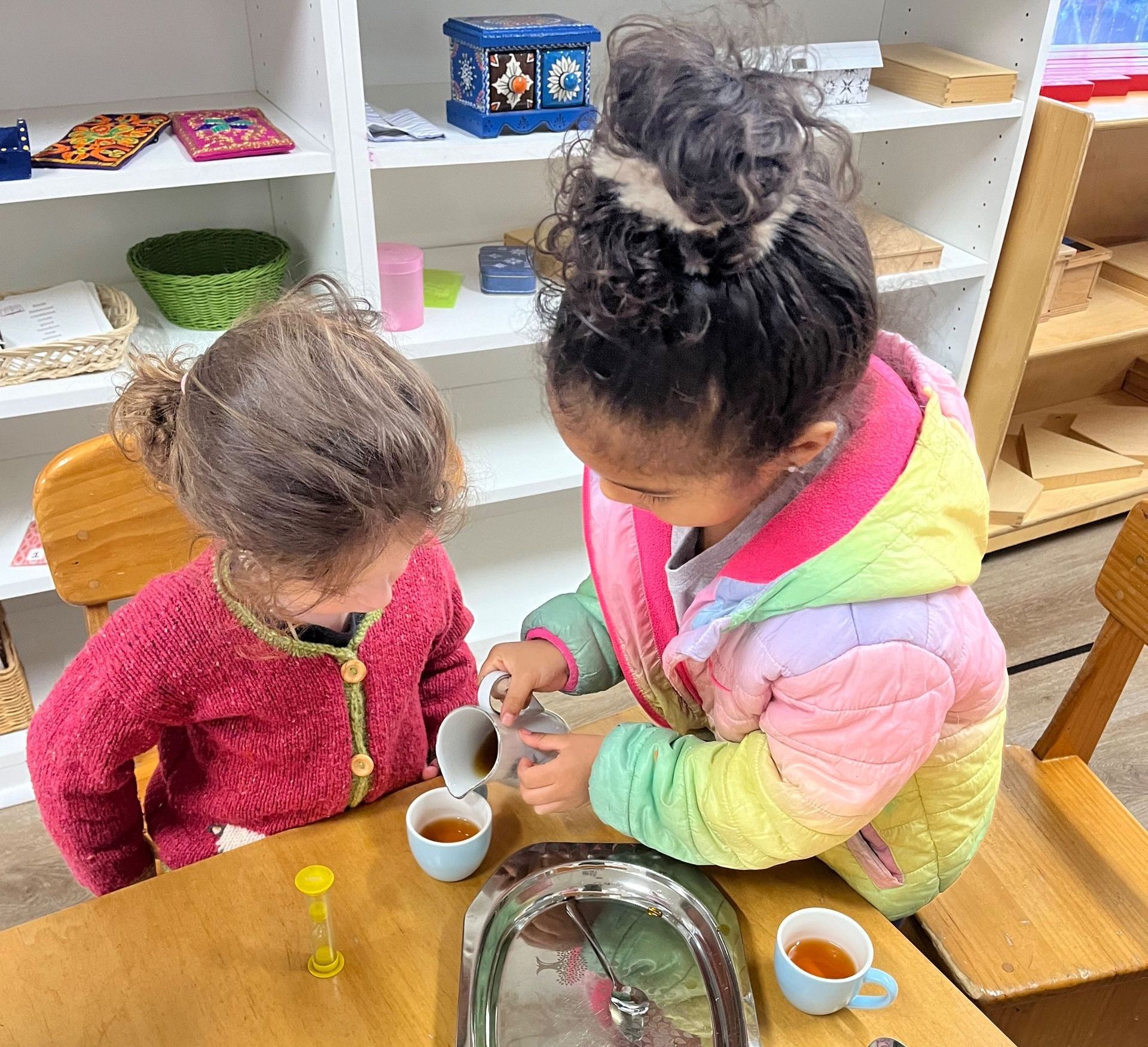
The Montessori classroom is a flurry of continuous activity and conversation at any hour of the work period. The children move about freely as they constantly choose work materials to take on and off the shelves. They have frequent interludes with different classmates, working alongside, or together with them. Sometimes they watch with curiosity while another child does an interesting activity.
Even if they appear to converse little with their classmates, they are observing and absorbing conversations, expressions and the interactions of others. It is human nature to want to be active and social. Social interaction is not directed or restricted by the teacher, who is simply a guide, ensuring there is social harmony in the group and not disruption.
When your children work together to solve their problems without adult prompting, they become independent.
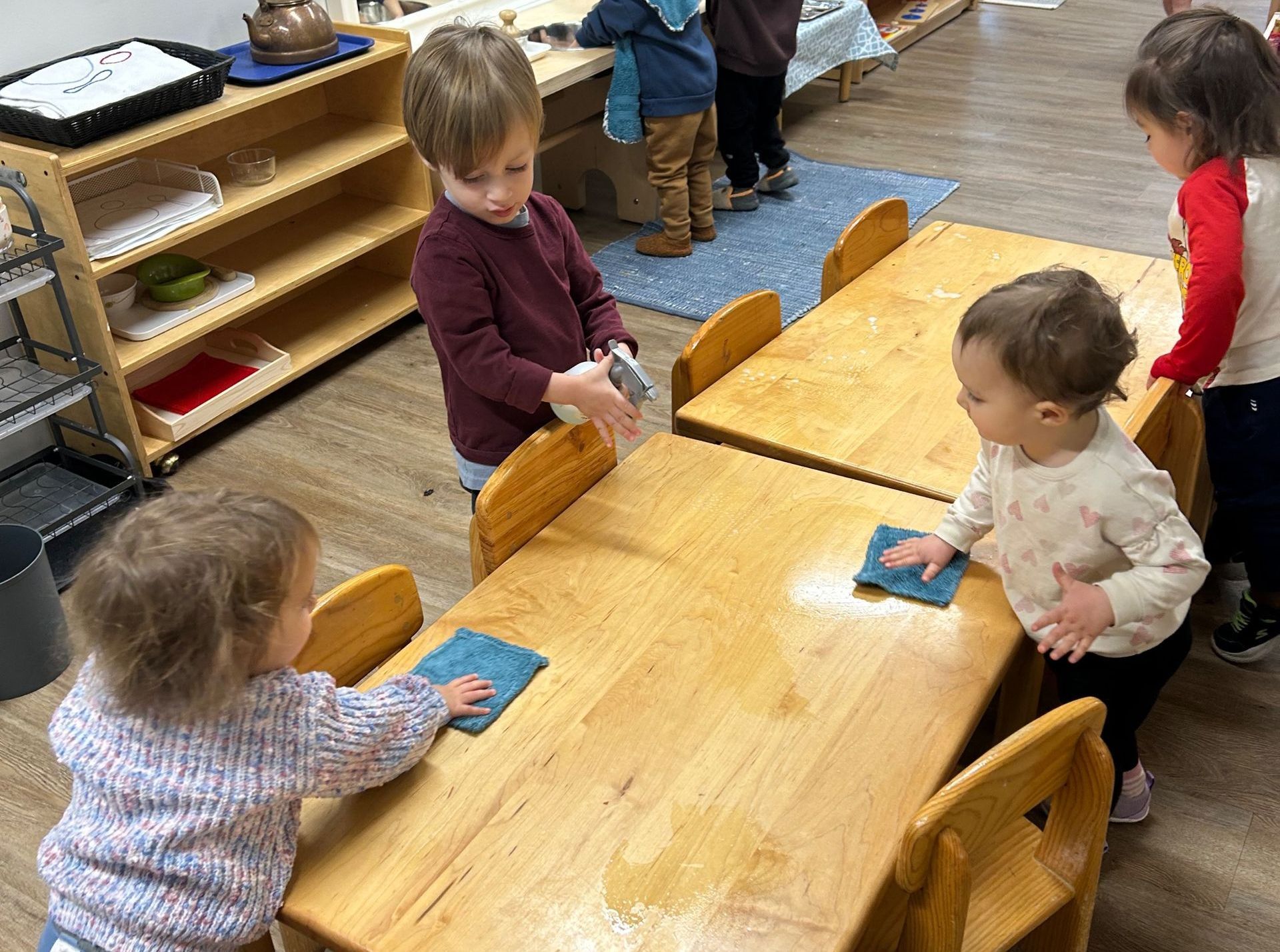
Guidance is given on how to ask for things, express emotions and solve disputes so the children can help themselves.
It is sometimes asked how children can develop socially when most of their work is individual. All these individuals feel part of the group. Each member contributes to the harmony of the community in many ways. They put away their activity so that another can use it and, thus, the same activity is shared with others. They may help a classmate pick up dropped work. They may speak out for one who cannot express themselves or who needs assistance. They care for and maintain objects in the room as they feel necessary. They surely notice and express concern, if a classmate is absent for the day.
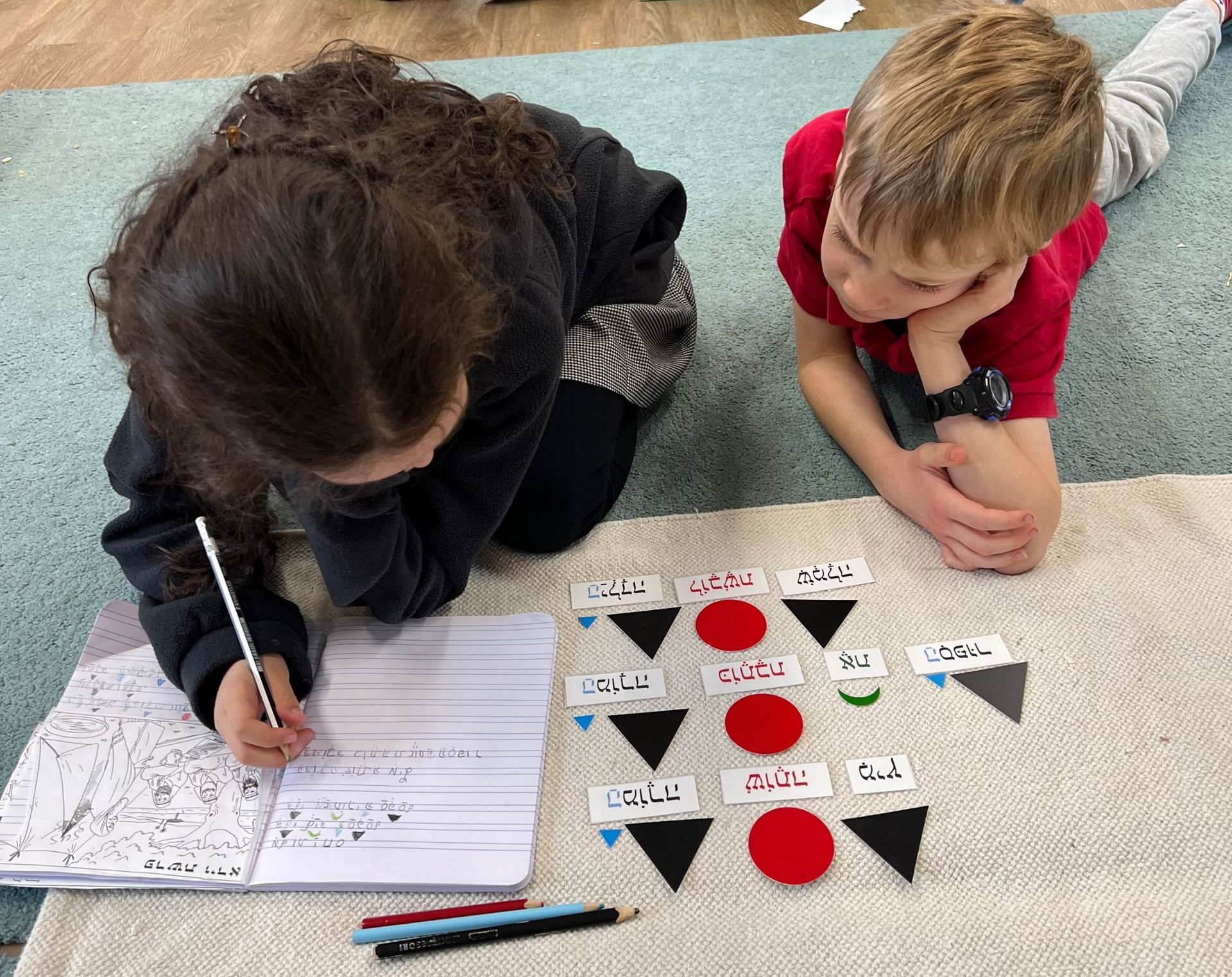
Maria Montessori stated that “It is in seeking an optimal solution to this tension between personal independence and dependence on the group that the social being is being formed.” The environment, consisting of materials and the members of the community, together assist social development.
As an observer, one must enjoy not only watching children perform their activities, but also their wonderful way of interacting with each other.
Note: This blog, originally written by Farhana Jaffrey, was first published in our school newsletter in 2008.
